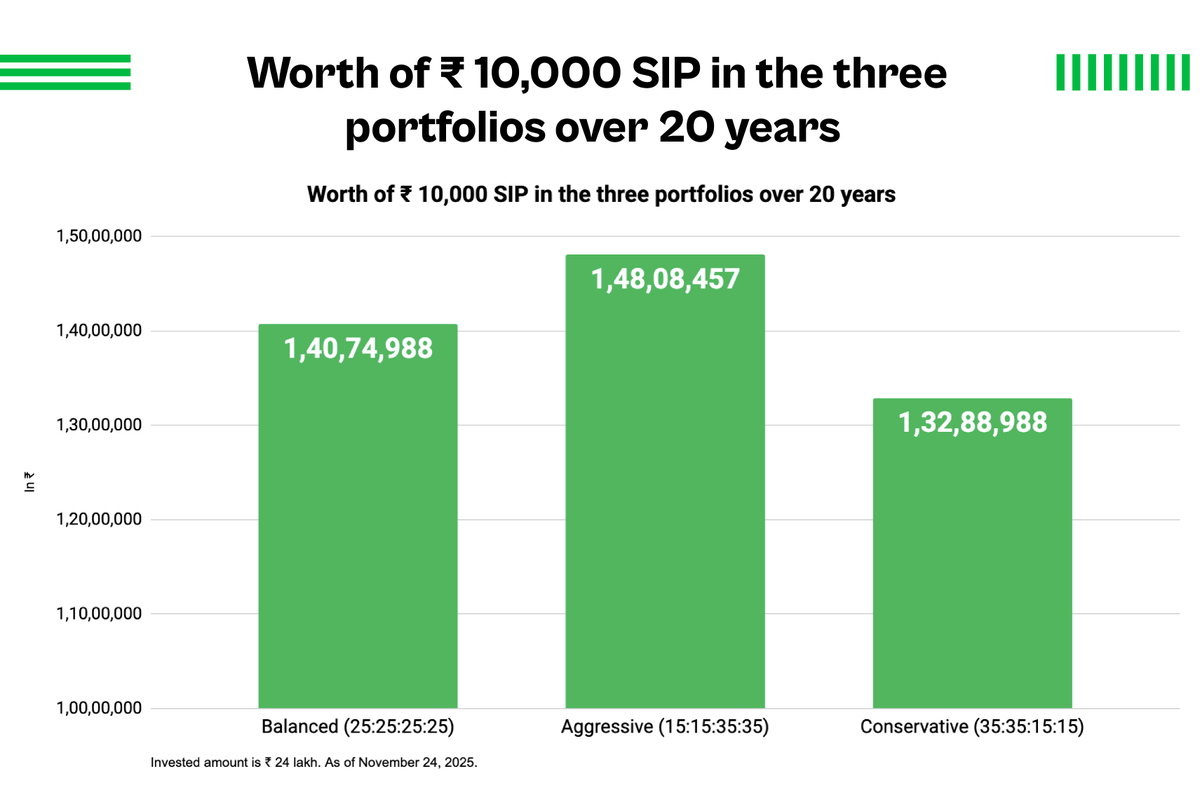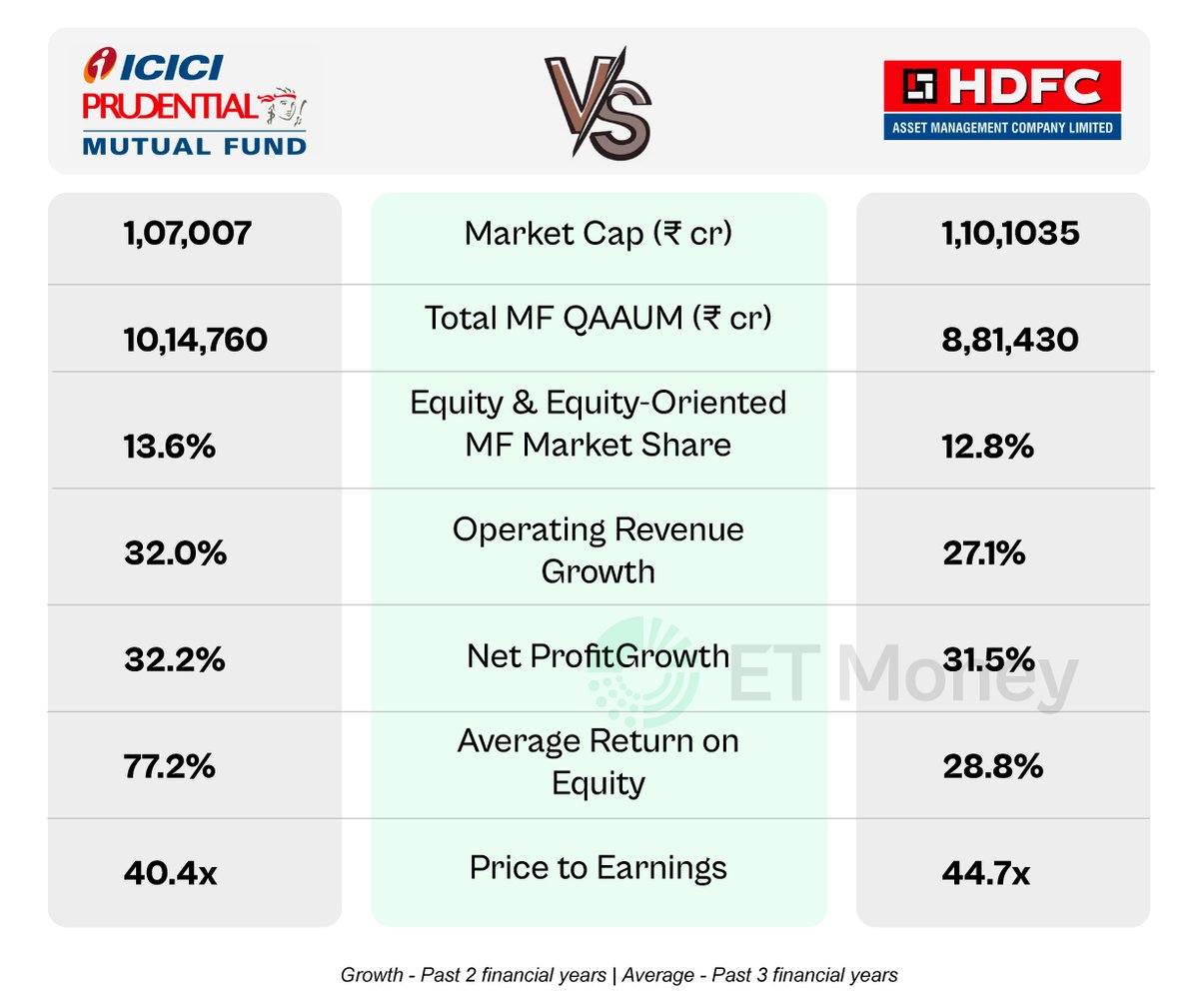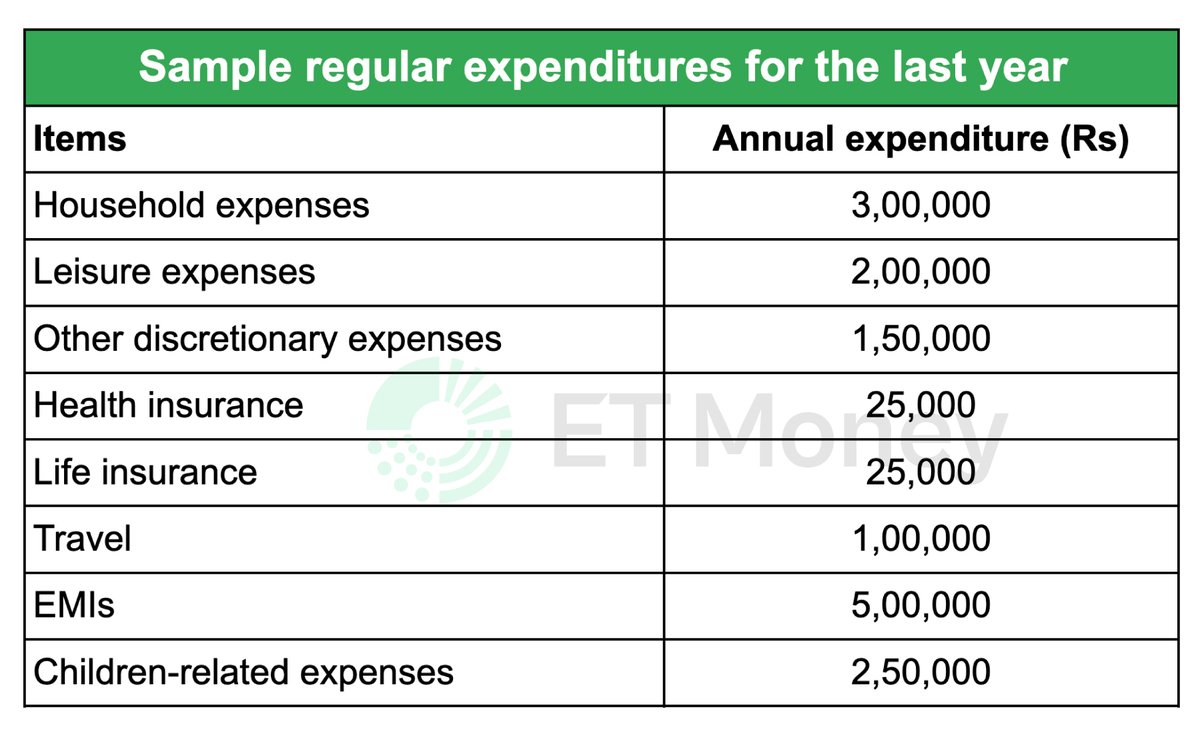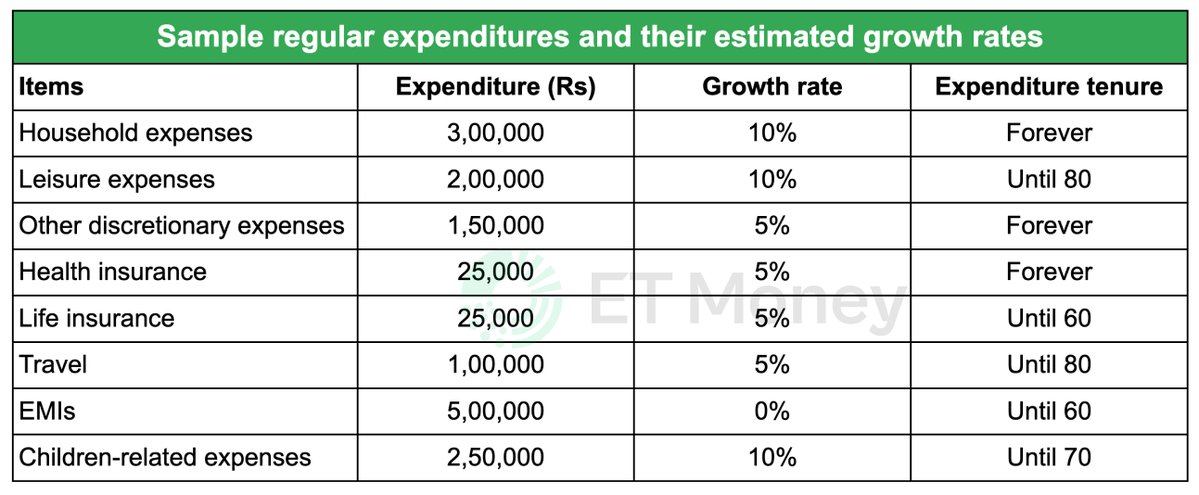Recently, we had a session with @KalpenParekh, President @dspmf to discuss the mistakes he has himself made and what other investors can learn from them. Here is a brief summary of those 5 mistakes
(A thread)
(A thread)
Mistake #1 Not realizing that markets have cycles. Assuming that if they are down, they will stay down forever, or if they are going up they will keep going up is wrong. An investor should judge a fund by the valuation of its asset class. If the peak is near, it should be avoided
Mistake #2 Try timing the market and exiting an asset class when things go bad. An investor should neither get too optimistic or too pessimistic during market movements. Instead maintaining proper diversification of asset classes in one's portfolio can help counter market stimuli
Mistake #3 To not check the drivers of returns of a particular fund. The past performance of a fund doesn't mean that its future would be good as well. So Kalpen believes that a proper understanding of the fund and the category it belongs to is very important before investing
Mistake #4 Getting carried away by the narratives. If a particular fund or category is performing well and everyone is investing there it doesn't mean that you should invest in it. One should take decisions basis their asset allocation and own risk profile
The fifth and the final mistake Kalpen says is to not look after star funds or star companies or star fund managers. An investor should choose a fund basis its exposure and the kind of companies the fund invests in rather than just the legacy of a particular fund
• • •
Missing some Tweet in this thread? You can try to
force a refresh









